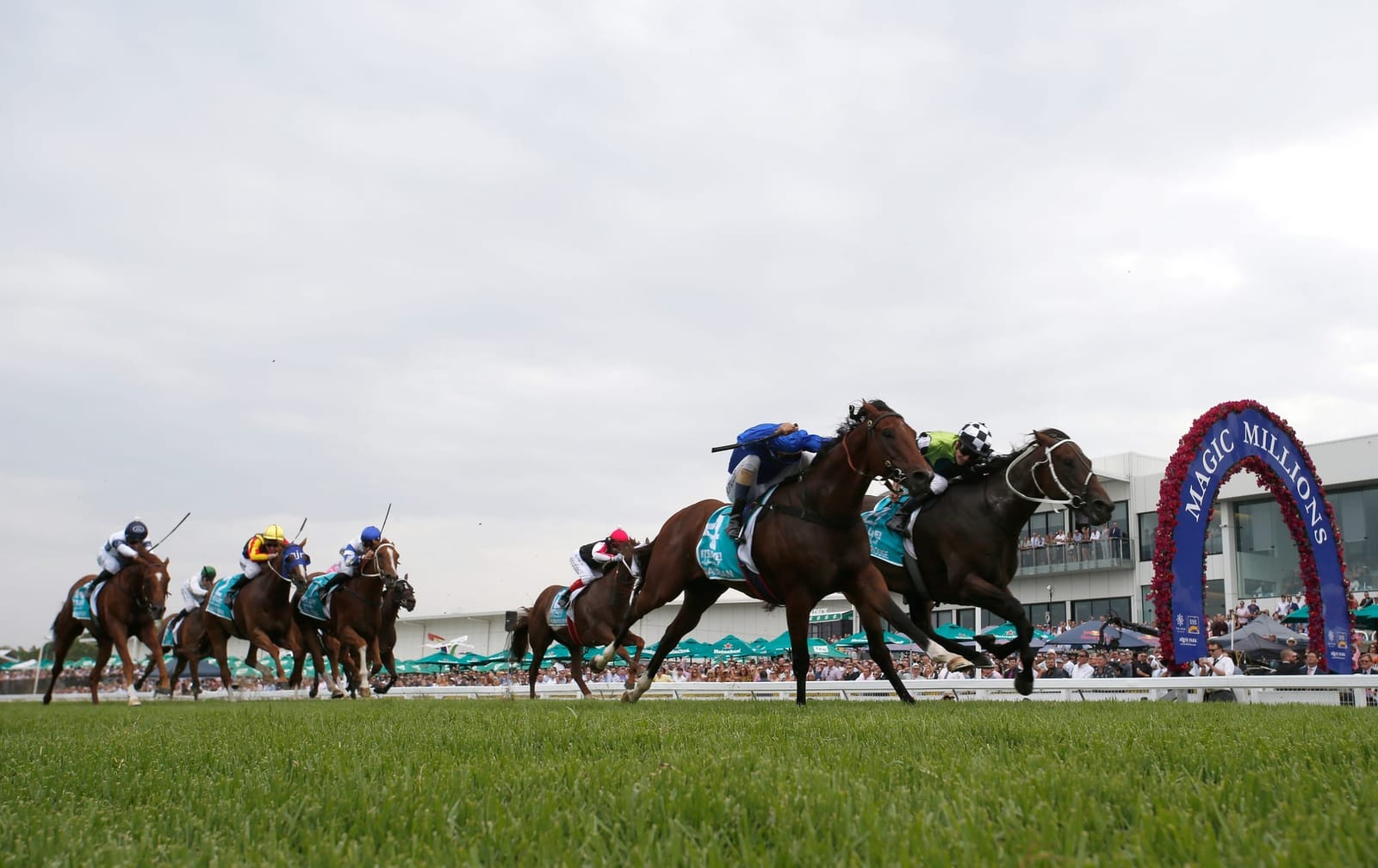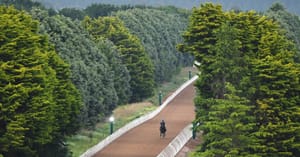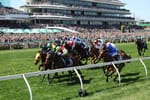Track renovation has had a chequered recent history in southeast Queensland, largely thanks to Eagle Farm, which endured an embarrassing, four-and-a-half year stop-start drama that finally wrapped up in 2022.
Therefore, in 2021, Gold Coast trainers were forgiven for their concerns when it was announced that the Gold Coast Turf Club (GCTC) would undergo a ‘game-changing’ rejuvenation to the tune of $38 million. In fact, the total for the track and lights project is $63 million, co-funded by the club, Racing Queensland and the Queensland government.
Works at the GCTC began in May 2022, with an estimated completion in mid-2024, and, last weekend, the first public leg of that rebuild was on show when the new course proper, the grass track, was opened to racing for the first time.
Local trainer Adam Campton was first off the blocks, winning the opening race with four-year-old gelding Hostwin Crown.
“It played out really well,” Campton says. “It was safe and it was fair. Obviously, patience has been their best friend with this track.
“We’ve had trials and jump-outs on it, and the leading jockeys came down from Brisbane to ride on it last Saturday. They gave it a glowing report, and our horses pulled up terrific from it.”
“It was safe and it was fair. Obviously, patience has been their best friend with this track." - Adam Campton
Favourable reports were widespread, and trainers such as Tony Gollan supported the inaugural meeting with three horses from Brisbane (he won the fourth race with Kobenhavn). It was a relief for the GCTC, and also for local trainers, who would have had Eagle Farm in their nervous systems.
“Sure, there was a degree of nervousness at first when it was all announced,” Campton said.
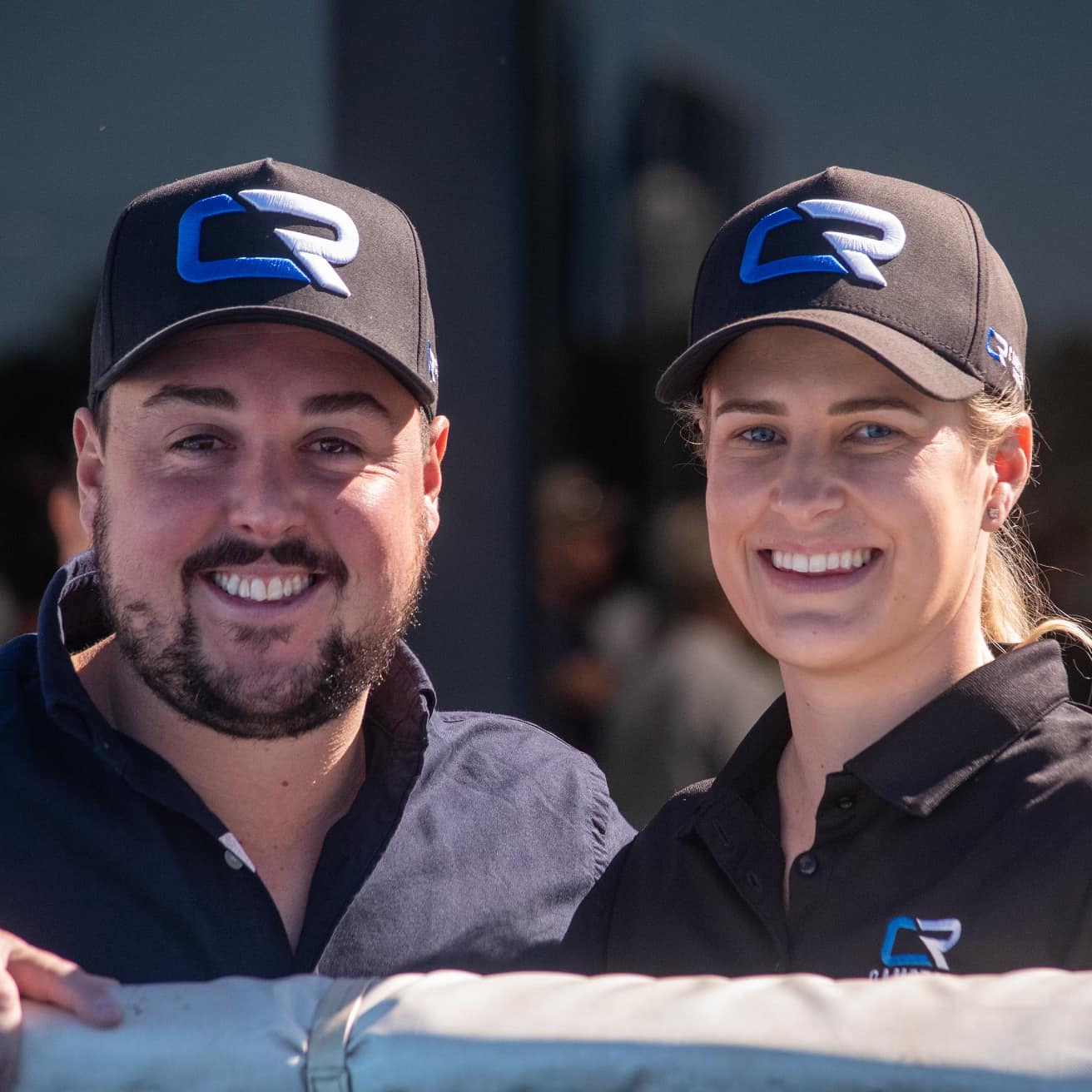
A key figure in the success of the renovation has been Nevesh Ramdhani.
Ramdhani was appointed by the GCTC to the position of racecourse manager in March last year. It was a boon appointment, Ramdhani relocating from Sydney where he had worked in similar roles with the Australian Turf Club (ATC) for more than a decade.
He had overseen Randwick, Rosehill, Warwick Farm and Canterbury through challenging years, including drought and record rainfall. It was also very clear very quickly that Ramdhani would be a trusted figurehead among Gold Coast trainers.
“Having Nevesh Ramdhani here has been a big plus. Knowing Navesh was in control with Ian Brown, it’s been a big help because Nevesh was adamant from the beginning that he’d have the track right, and he’s nailed it,” Campton says.
“It’s huge to have someone like him up here making the big decisions.”
Ramdhani’s first task was overseeing the construction of the GCTC’s new all-weather synthetic track. Since then, he has hovered over the refurbishment of the course proper, dug up the day after the Magic Millions race meeting earlier this year, and the B Grass, as well as the redevelopment of the Traintech stable and training facility.
“It’s been a tough period for all the trainers, myself included,” Campton says.
“There have been plenty of trucks and machinery going around at certain times of the day when horses are going to the track, and we’ve not had many surfaces to work on.
“We’ve been travelling horses to Beaudesert, with owners having to pay for certain expenses that they shouldn’t have had to pay for. But largely, owners have been understanding that we’ve had to deal with what we’ve got.”
It’s good to be back @GCTurfClub 😍
— RaceQ (@RaceQLD) December 9, 2023
Hostwin Crown strides clear in the dying stages to kick off a new era at the Glitter Strip facility!#BackOnTrack #QLDisRacing🏇 pic.twitter.com/nht2Nk4cTz
Steve Lines, chief executive of the GCTC, says the club has known for a decade that the scale of this renovation was going to be this huge.
“This is definitely the biggest project of any Australian racetrack, but it might also be the biggest worldwide,” he says. “You might have had racetracks in the past do many different things, but never all at once.
“Plus, we’ve continued to race all the way through, and you might hear the naysayers about the Polytrack, but we’ve been able to keep everyone in their livelihoods by continuing to race here every Saturday.”
For Lines, it was critical to this project that it had the resources around it to be a success, including personnel. The GCTC had had conversations with Ramdhani about two years ahead of his appointment, with Ramdhani looking for a tree change from Sydney.
The redevelopment has been a massive undertaking for the racecourse manager, “and he’s been up to his armpits in it”, according to Lines. But the management team at the club has as much faith in Ramdhani as the trainers flanking the course.
“I don’t say it lightly when I say he’s probably the best track manager in the world,” Lines says. “You could talk to anyone at the ATC and they will tell you that.”
The track renovations have invited a degree of scrutiny.
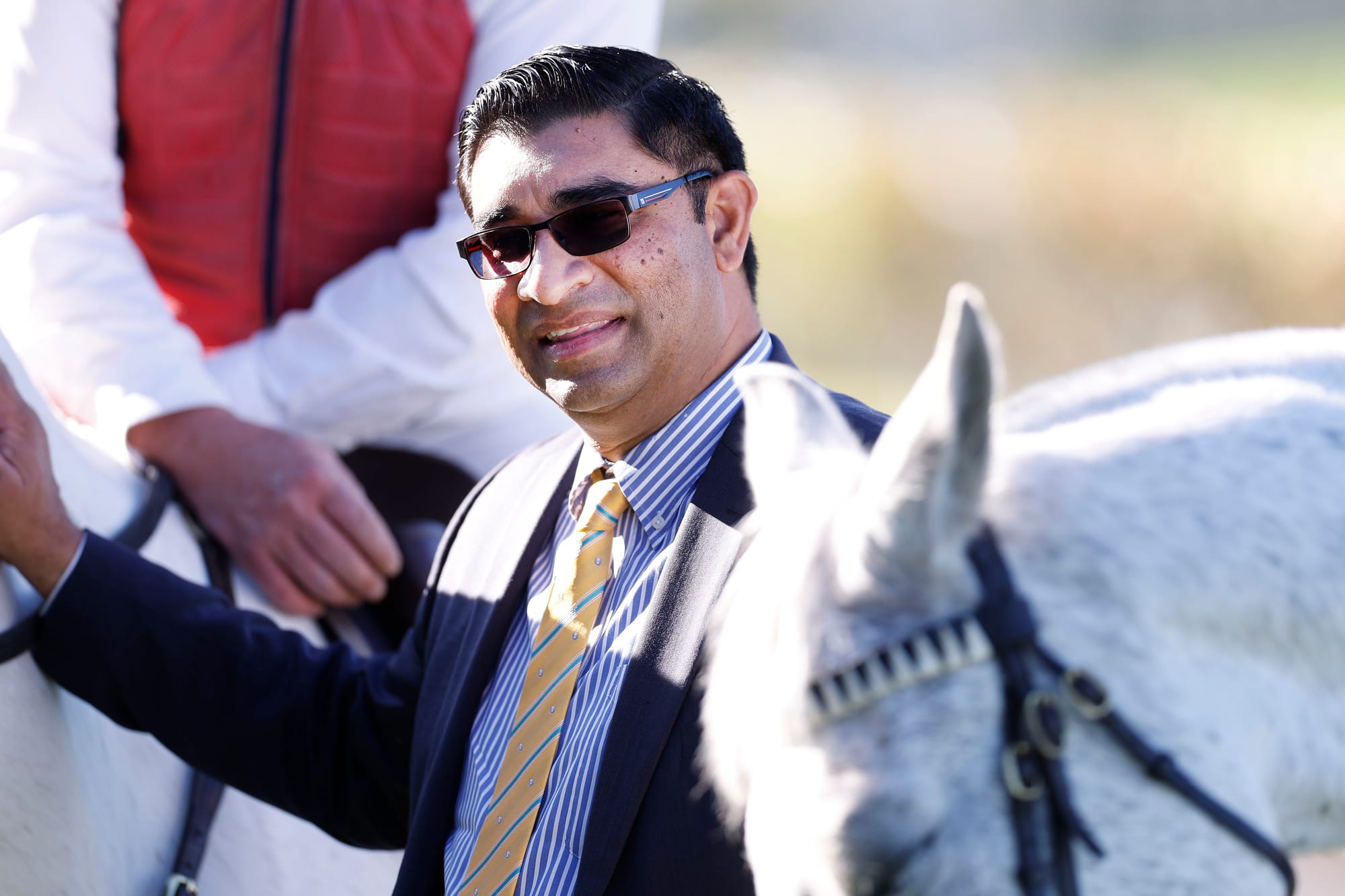
In September, when it was revealed that the new course proper would host only one or two meetings ahead of the $10 million Magic Millions Raceday, there was criticism that it was cutting things fine if there were there problems.
There was also commentary when the Tattersall’s Recognition Stakes meeting was relocated to Brisbane on November 25.
However, what is much less apparent is the scale of decisions that are routinely made during track renovations, including the minutiae around grass.
The GCTC decided ahead of the works that couch grass was not an ideal fit for the ‘glitter strip’. Instead, kikuyu was selected as the better option.
The track heads grew test strips to arrive at that decision, and then Ramdhani implemented preservation of as much good growing material as possible.
“Nevesh talks about keeping the same matrix,” Lines says. “He’s all against digging up good material to put new stuff in, so that matrix of what grows well here, which has survived us every Saturday for 60 years, Nevesh was quick to keep that product. That’s the growing medium onto which the grass grows.”
The GCTC went as far as sourcing a grass with the same DNA as the pre-existing turf, which it found at Caboolture a couple of years ago. And it’s that degree of detail and micro-management that is often overlooked in the commentary around racetrack refurbishment.
“People think it’s as simple as build a racetrack, put grass on top and it’s all good,” Lines says. “But there’s a lot of expertise that people like Nevesh afford us with their depth of knowledge. And that’s not to say there haven’t been challenges, but we’re very comfortable with where we sit at the moment.”
The next meeting on the course proper will be on January 6 for The Wave meeting, which will launch the 2024 Magic Millions Carnival. The following Saturday, it’s the $10 million carnival event.
"There’s a lot of expertise that people like Nevesh afford us with their depth of knowledge." - Steve Lines
As things stand, the GCTC is relatively on-schedule with its works, except for the new floodlights, but the club’s first night meeting isn’t pencilled in until April.
“The B Grass is probably a little bit behind where we’d like it to be, and the lights are definitely behind,” Lines says. “We’ve also had a few problems with the tunnel, but in principle, we’ve been able to work around some of those challenges and we’re good.
“From a course proper, racetrack and racing surface point-of-view, we are bang on.”
The GCTC has a grand final vision for its racecourse.
Last May, media reported on a development application (DA) for the $370 million ‘Sunlight Lifestyle Project’, which at its most basic would be a shopping, lifestyle and residential precinct overlooking the northwest corner of the course. It is separate to the current ongoing redevelopments.
However, the biggest prize is metropolitan status, because right now the GCTC is a provincial racecourse, and the club wants to become Queensland’s fourth metropolitan racetrack.
“That’s our plan, absolutely 100 per cent,” Lines says. “We’ve never taken our eyes off that prize, that we see ourselves as the next metropolitan club and we think we’re in a really good place to achieve it.”

